Panasonic MZ2000 review: sound and vision spectacular
An integrated Dolby Atmos sound system paired with a Micro Lens Array OLED panel certainly sounds great – but is it?

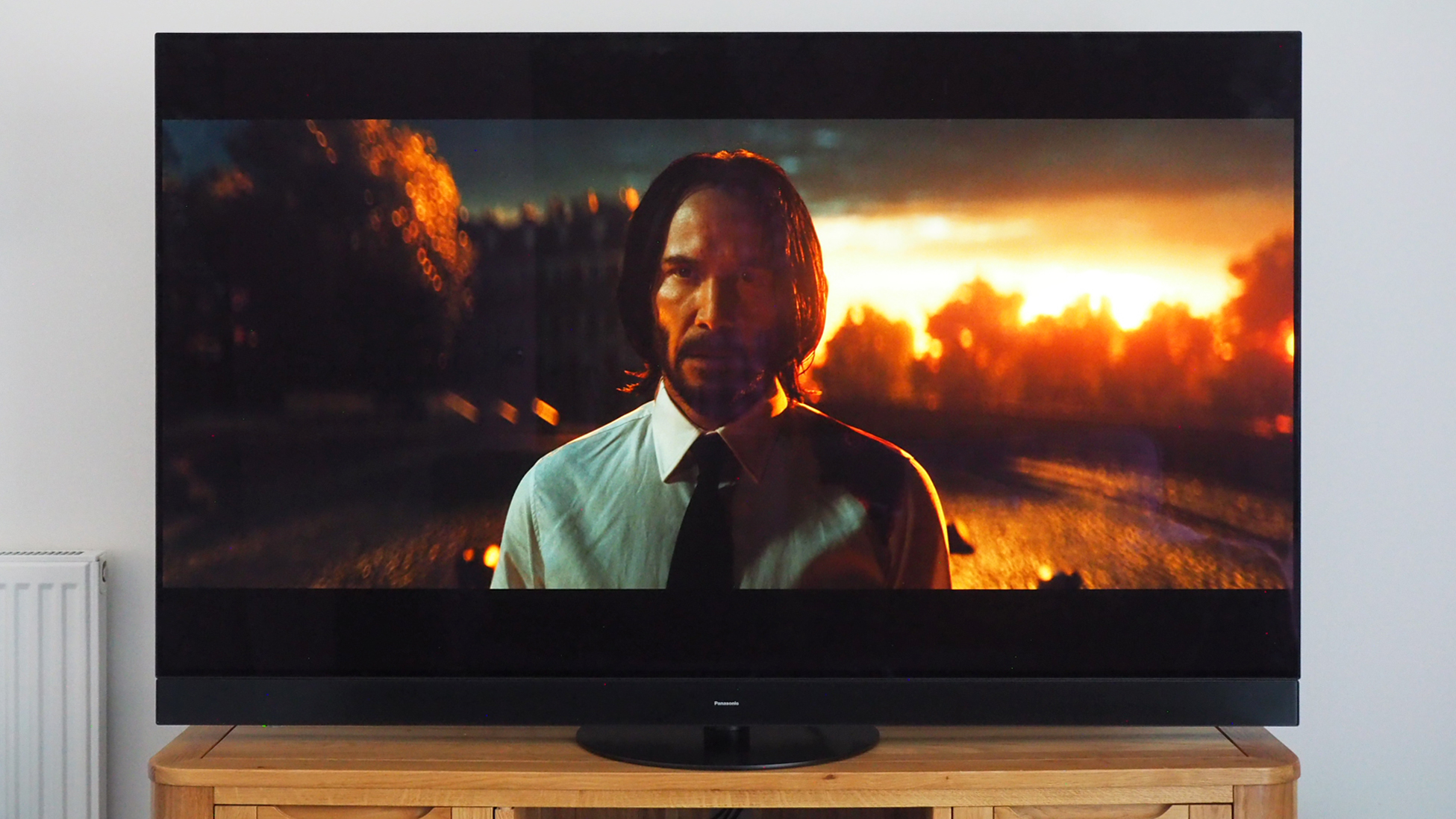
If you're seeking an OLED TV that's not only among the brightest of 2023 but also comes with the best integrated sound straight out of the box, then Panasonic's MZ2000 is without rival. However, while you'll never need a soundbar, you will need to dig into various settings to offset some of the picture processing overcompensation. After which, the MZ2000 is an all-in-one sound and picture spectacular – the limited markets in which it can be purchased are lucky to have the option.
-
+
Sounds sensational – you'll never need a soundbar
-
+
Comprehensive high dynamic range (HDR) selection
-
+
Super-bright image thanks to MLA panel
-
-
Auto white-balance nuisance, some processing overcompensates
-
-
Thicker than many due to integrated soundsystem
-
-
Only 2x HDMIs at 4K/120Hz
Why you can trust T3
If you're of the thinking that a top-tier TV should deliver sound quality that's every bit as considered as its image quality – without the need to invest extra in one of the best soundbars of today – then the Panasonic MZ2000 should be very high up your shopping list indeed.
There are sparingly few TV makers that integrate significant sound systems into their tellies (the Philips OLED 937 is one very strong alternative though) with Panasonic having served up some of the only solutions year on year. The MZ2000's 'Soundscape Pro' system is a 7.1 channel arrangement, meaning it includes side- and up-firing speakers for a Dolby Atmos-capable surround experience straight out of the box.
But far from only concentrating on audio, the Panasonic MZ2000 is clearly one of the best OLED TVs you can buy, thanks to its inclusion of a Micro Lens Array (MLA) panel for ultra-bright images. It's one of very few 2023 panels to offer this – the LG OLED G3 being its key rival with the same core panel tech – plus a full suite of high dynamic range (HDR) formats add to its high-spec prowess.
The Panasonic MZ2000 is a rather different proposition to its LG G3 main competitor though. While the Panasonic comes with a swivel-adjustable stand, the LG is designed for wall-mounting (no stand is included in the box), and with its significant speaker setup, the Panasonic is also far thicker, unlike the slender LG. But if that suits your setup then strap in tight, because the Panasonic MZ2000 is one of the best TVs that'll take you on an audio-visual thrill ride. But while it sounds great, is it all plain sailing?
Panasonic MZ2000: Price and availability
If you want the best sound quality and ultra-bright images straight out of the box then you need to be prepared to pay for it. The MZ2000 comes in three sizes: 55-inch and 65-inch options with that core MLA panel tech; and a 77-inch version that's got no MLA panel and therefore is less bright overall (but otherwise specified the same).
The Panasonic TX-55MZ2000B is priced at £2,699; the TX-65MZ2000B costs £3,599; while the largest TX-77MZ2000B will set you back £4,499. There are no dollar-based prices because Panasonic doesn't sell its TVs in the USA or Australia. Models are up for pre-order with a September on-sale date expected.
Panasonic MZ2000 review: What's new?
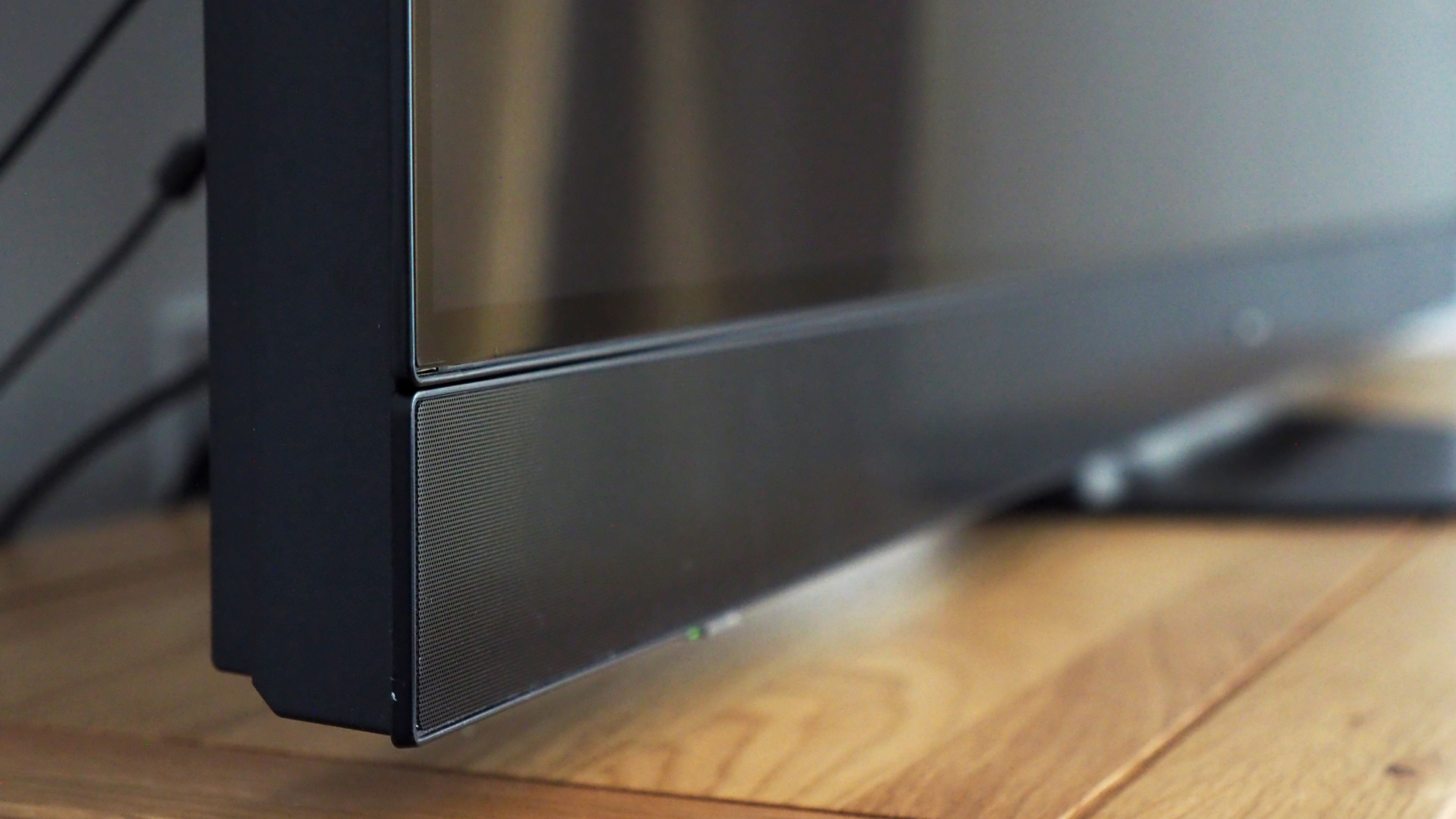
As the crème de la crème in Panasonic's range – and I detail the full set of differences in this Panasonic 2023 range comparison feature – the MZ2000 features the brightest panel of the lot. That MLA panel means it's up to 50% brighter than its LZ2000 predecessor too (although, as I'll get to, that's a figure in very specific conditions that won't truly apply to most real-world watching).
Unlike the 2022 Panasonic range – where the LZ2000 and step-down LZ1500 models featured the very same panels, but had a difference in terms of integrated sound system – the MZ2000 is entirely different to its MZ1500 cousin: the latter features Panasonic's Master OLED Pro panel, which is not MLA and therefore less bright.
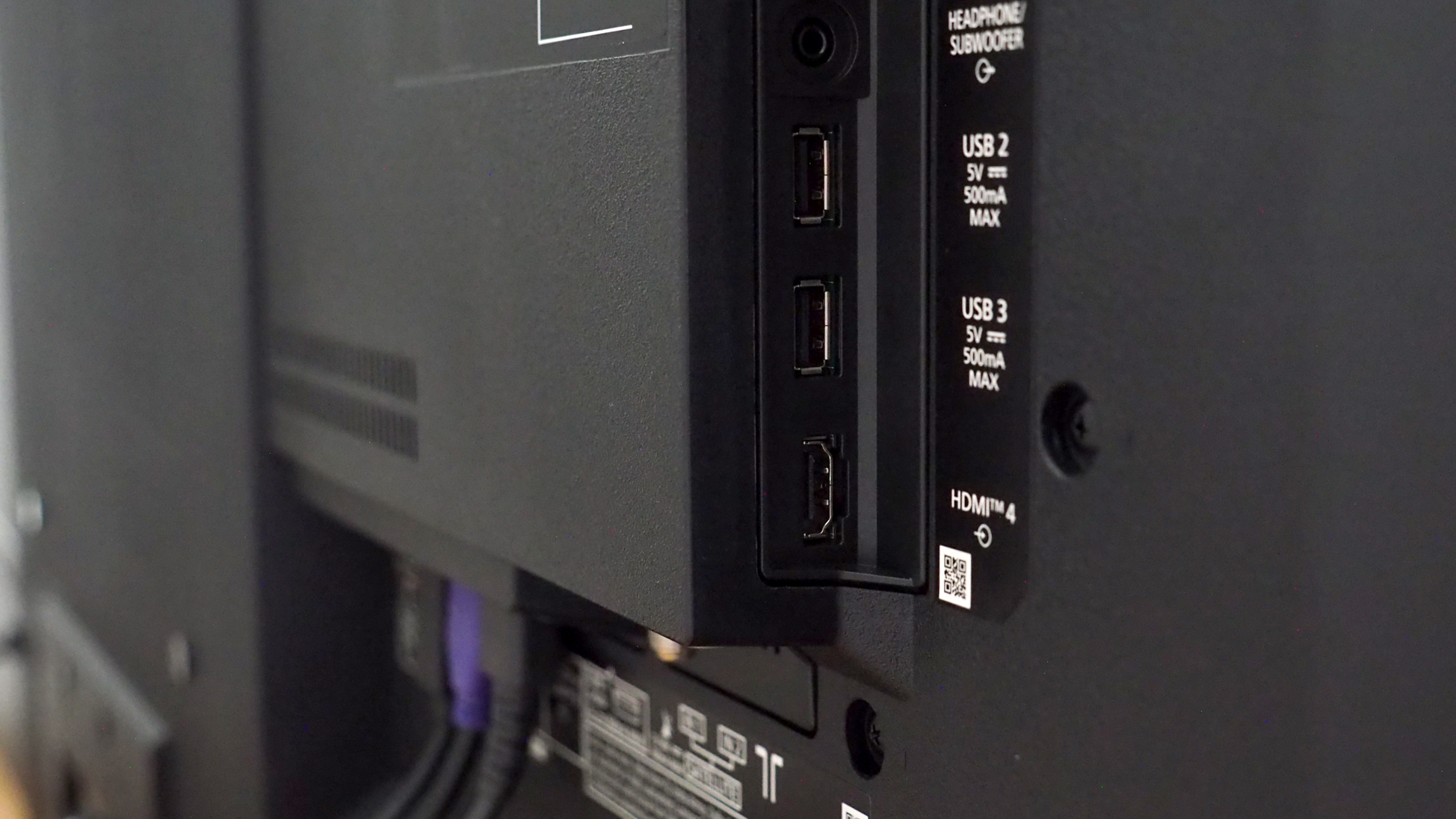
In terms of sound system, however, the MZ2000's 7.1 channel setup is actually the same as what you'll find in the earlier LZ2000. That already sounded amazing, though, so while there's no major upgrade, there will have been some tweaking done by Technics, I'm sure. There's no subwoofer ratting to be heard here – what Panasonic is clearly trying to do is set its top-dog TV apart from the step-down model in a multitude of ways.
One upgrade I would have liked to have seen is in regards the HDMI ports. While there are four ports on the rear, they're vertically aligned, which I find a bit fiddly to use (the USB slots are horizontally aligned) and only two of them are the HDMI 2.1 standard for 4K/120Hz compliance. It's not the end of the world, but when the LG G3 and other competitors have all four ports as HDMI 2.1 the Panasonic is a little less future-proofed, especially as one of those ports is the eARC one.
Panasonic MZ2000 review: Picture quality
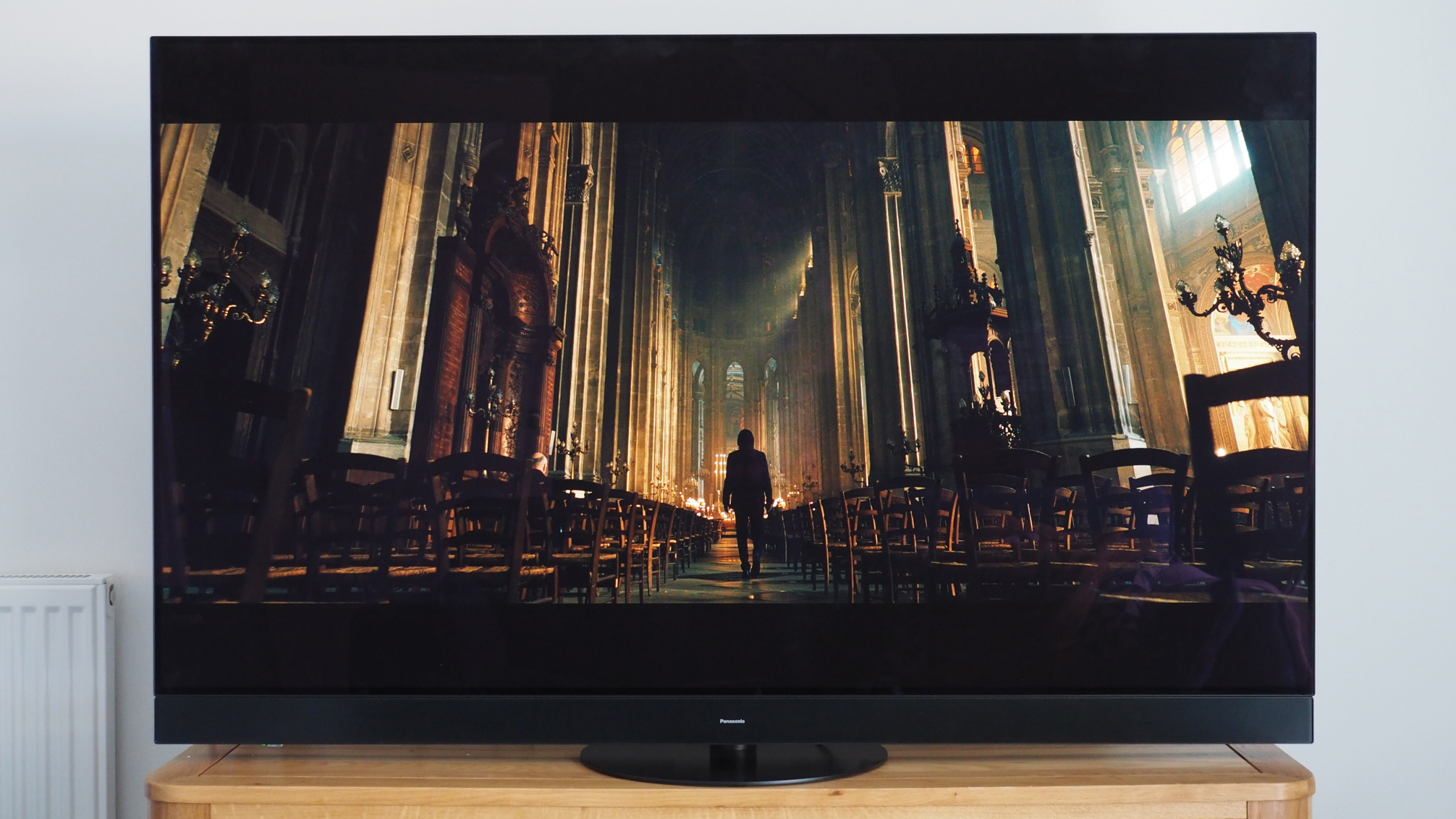
When it comes to picture quality, the TV market has become a bit of a modern-day battleground. While the MZ2000 features an MLA panel, just as the LG G3 does, most of its competitors are offering traditional OLED and a newer QD-OLED alternative – the latter format using a Quantum Dot filter to retain colour volume at brighter levels. I've been using the Panasonic for three weeks as my own living room TV, however, and there's certainly no lack of punch or colour to concern yourself about.
I find it interesting how TVs differ from one another. The Panasonic MZ2000's tests have shown it to sustain around 1250 nits (on a 10% window), whereas the LG G3 has delivered a figure slightly higher than this (circa 1350). The two panels' pictures look different, there's no doubt about that, but here's where it becomes a matter of preference. As we said in T3's Panasonic MZ1500 review, the Japanese brand leans heavily towards 'authenticity'. I find its Korean competitor also looks realistic but pulls a little more 'punch' in the visuals. That'll only be even more pronounced with a QD-OLED competitor, such as the yet-to-be-reviewed Sony A95L.

None of this is a bad thing. I think the Panasonic MZ2000's deft handling of source material is sensational, so long as you use the right settings (many of which actually negate its brightness potential). It's certainly bright, but expect closer to a 10% lift versus the earlier LZ2000 in a sensible picture mode. Black levels are just sumptuous, while the colour palette is gloriously naturalistic.
It's when it comes to high dynamic range modes that the MZ2000 really shines, as it's compatible with a full suite of options: Dolby Vision, HDR10+ Adaptive, HDR10, and HLG. Few other makers compete with this, so you know that the images you're watching will be treated just as they're supposed to be. There's also plenty of control, should you want to make tweaks and adjustments to brightness, including auto-adjustment related to ambient conditions for colour balance, brightness and various noise/MPEG reduction, and intelligent frame insertion for smoothing.
However, it's some of these that cause the MZ2000's biggest picture wobbles. The auto white balance adjustment is too abrupt and, for me, seems unnecessary. When I was watching His Dark Materials via BBC iPlayer in 4K UHD, the screen knew to auto-apply Filmmaker Mode (each source can have a different picture present and there are plenty to pick from). However, by default, it also has auto white balance adjustment on, which doesn't make sense in such a mode. The automatic shift in colour here is just far too apparent: a flicker followed by a wash of green or magenta tinge, only to then happen on repeat again some seconds later, particularly during dark scenes, was a massive distraction to my eyes.

Fortunately, you can turn auto white balance adjustment off for all picture modes and I strongly suggest you do (then simply pick your warm/cool picture preference separately instead). Other settings you'll need to pay close attention to include the so-called 'intelligent' frame insertion. This is at 'Max' setting in Sport mode, for example, but it overcompensates in its processing. Whilst watching the 2023 World Athletics Championships I kept wondering why the javelin and discus throws would present 'fragments' of said flying objects as the camera panned with them. I isolated and replayed the scenes and such aberrations vanish when switching the setting from 'Max' to 'Off'. So be prepared to tweak to get the best picture.
There's a flip side to this, however. In the picture modes that allow it (not all of them do) I'd suggest leaving auto brightness to 'On'. This permits the MZ2000 to eke out yet more brightness in bright room conditions – and without it, it's why I suspect the LG G3 often looks a tad brighter. The MZ2000's luminance will adjust as it sees fit, but this can also mean it dials down the brightness too, based on how it determines conditions.
Overall, the Panasonic MZ2000 has the potential for sublime images. The utmost in HDR standards, with some picture settings switched off and brightness pumped as suitable, it's made for some wonderful-looking 4K Blu-ray watching and gaming sessions.
Panasonic MZ2000 review: Sound quality
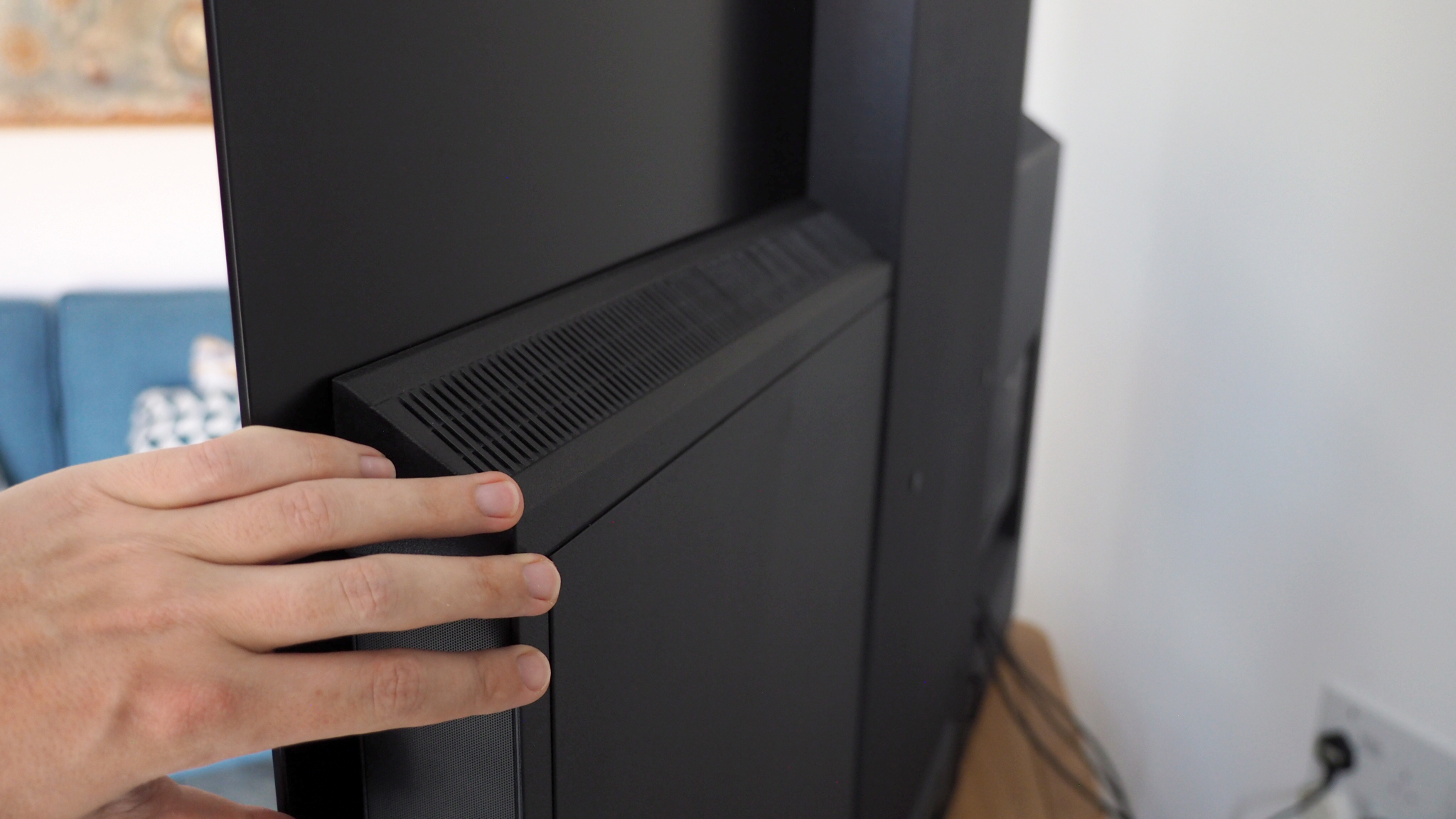
As you can see from my image above, the MZ2000 is a fairly thick ol' beast of a telly. It has the right to be, though, given the integrated front bar, side-firing, and up-firing speaker arrangements. So while you might want to avoid wall-mounting it, having it sat atop a piece of AV furniture allows it to sit in pride of place. Of those speakers you can only see the front one (at the base of the screen) front-on, the others are tucked out of sight.
When first setting up the MZ2000 there are various menu settings to run through, with the sound being an integral part of this. There's a feature called Space Tune, which will emit sound waves throughout various pitches to reflect around the room to comprehend the best possible adjustments in relation to where you'll be sat. Be warned, it's a rather loud setup process, but it's oh-so worth it, as the end results are superb.
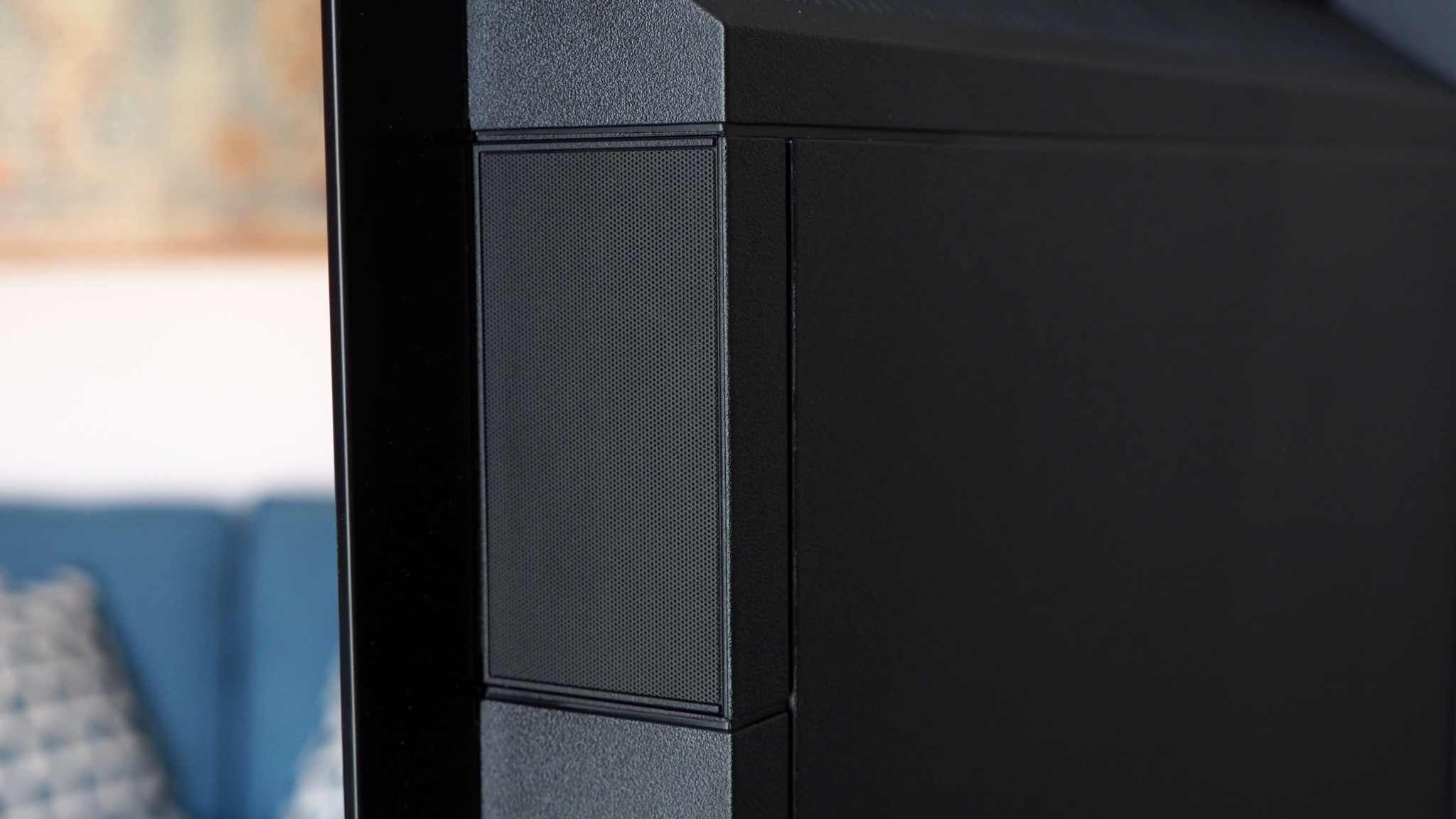
When it comes to bass levels. I find the MZ2000 hugely impressive too. I've been listening to various BBC Sounds sessions and haven't felt that that low-end is lacking in any way. Especially in the 'Music' setting, which gives the lower frequencies further clout. There's also a bass/treble offset in the settings, should you wish to make specific adjustments. If you do feel the need for a subwoofer then you can add a wired one.
As you'll very much hear when Space Tune is cycling through its Dolby Atmos speaker 'positions', there's no crude side/up binary notion about its sound staging. This is much more diverse, able to deliver a three-dimensional output for a broad and convincing front sound field (just don't expect the overhead or rear equivalents to sound truly above or behind you). I found great examples of three-dimensional sound were apparent when gaming, such as in Hogwarts Legacy, where voices will emit relative to their characters' apparent position (on-screen or off).
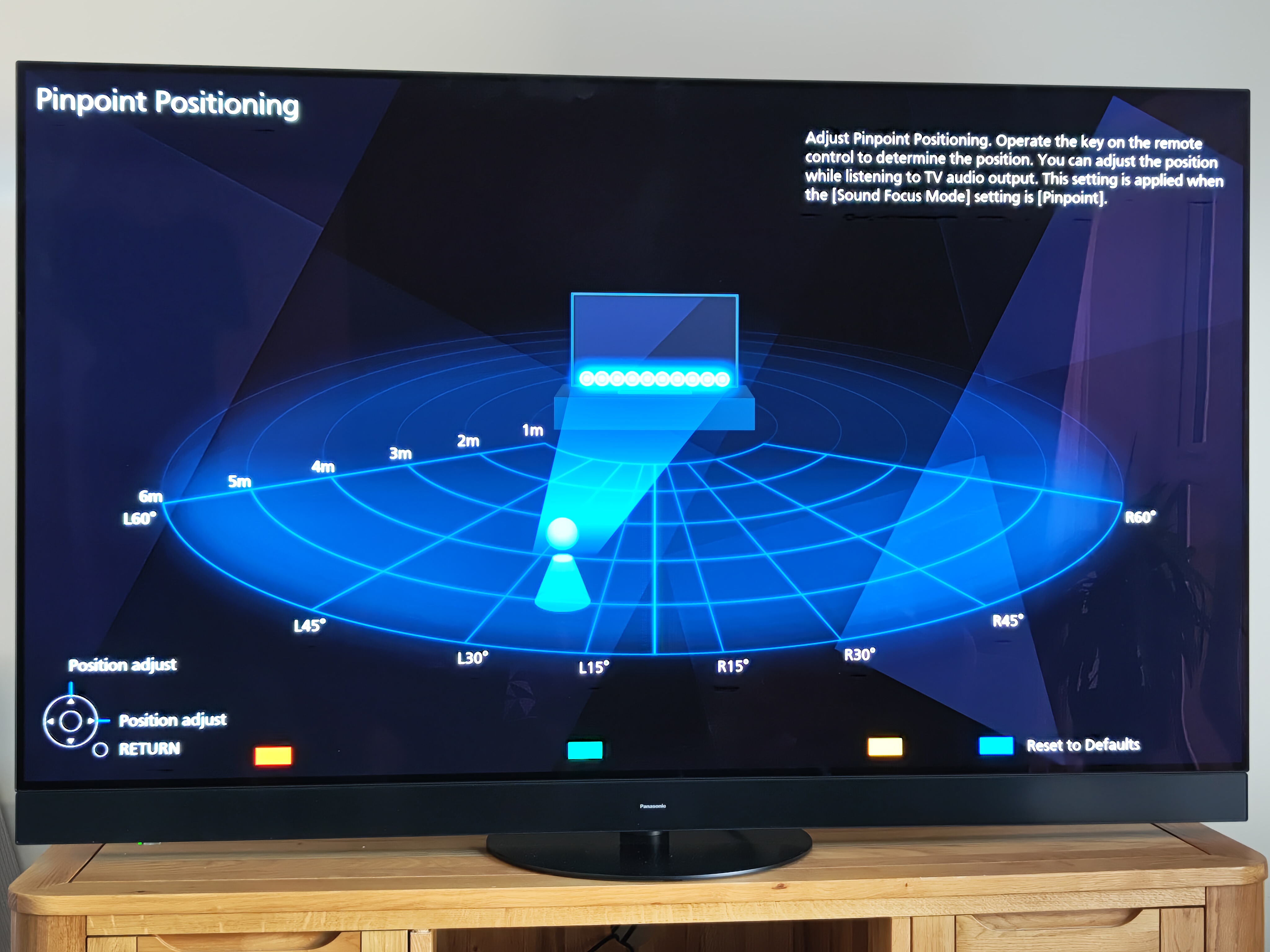
If the sound all gets a bit much and you're looking to quieten things down, perhaps for a late night listening session, then there is the option for Pinpoint and Spot within the Sound Focus Mode. You can even manually move this around through a left/right +/-60° and 1-to-5m distance adjustment using the remote control and a handy on-screen interactive visual control (see image above). I've not found it especially useful for my needs, but it's something you won't find elsewhere and will suit some listeners.
Panasonic MZ2000 review: Design and usability
A TV as big, heavy and integrated with so many speakers that can be held up by a central pedestal stand with just four screws is fairly mind-boggling. That said stand can swivel for offset left/right positioning (or just to reach the ports to the rear more easily) is even more impressive. It's sturdy and easy to set up too.
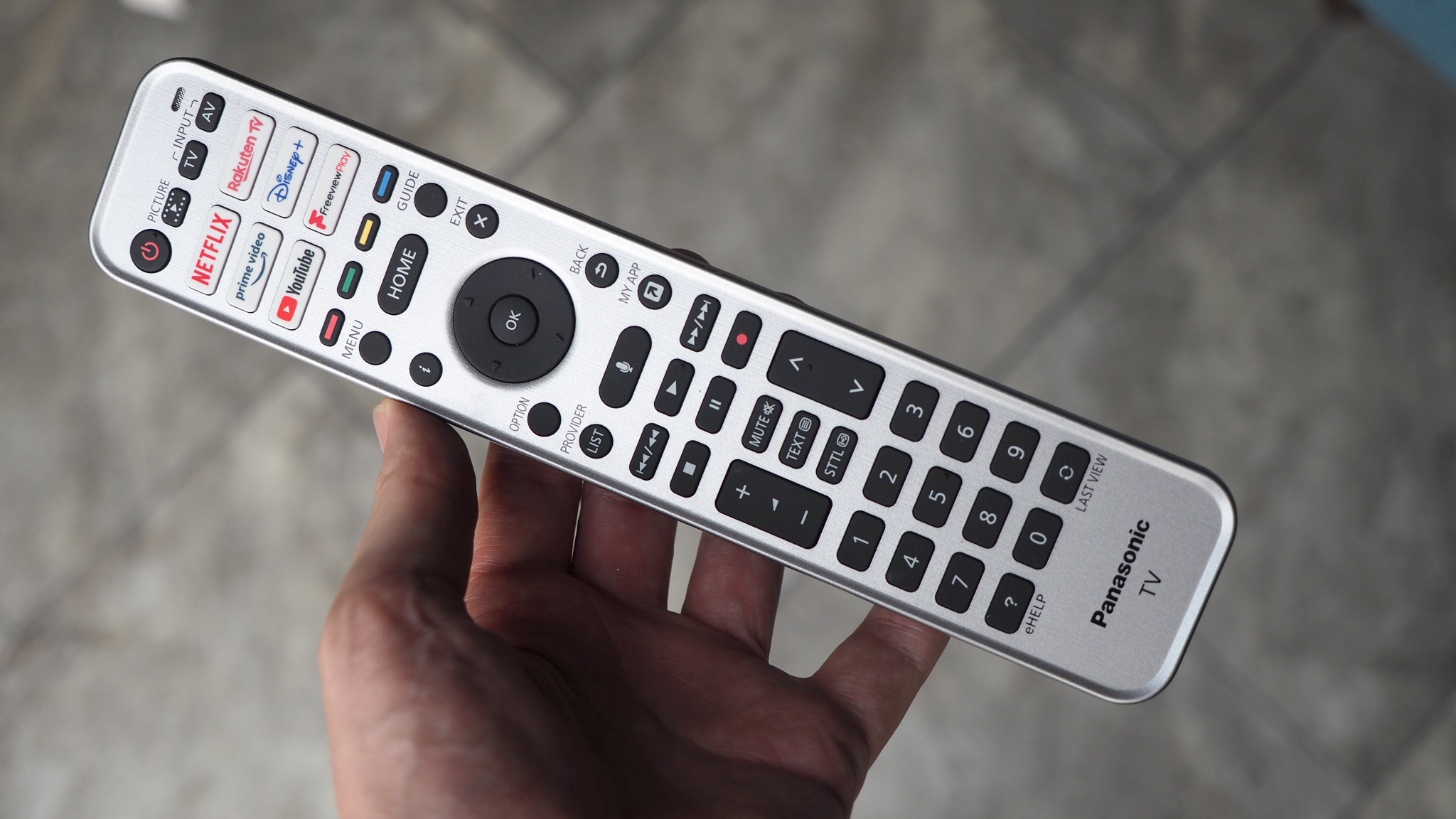
Visually speaking the MZ2000 is otherwise a fairly functional TV. The soundbar to the front adds an additional aspect, embellished with a small 'Panasonic' logo in silver. Otherwise, it has a non-distracting black finish throughout, with minimal screen bezel visible to all four edges of the panel.
The only place where that black theme is disrupted is with the silver-colour remote control. This is replete with many buttons to control various settings, and quick access to the most sought-after streaming services (Netflix, Amazon Prime, Disney Plus, and more). Unlike some competitors' small remotes, this one is a decent scale and I therefore find it nice and easy to use.
However, as I run most things through BT TV Pro and my Playstation 5, I've not needed to dig into Panasonic's My Home Screen 8 user interface or integrated Freeview Play system. The single row of overlays is easy to use if you choose to go this route, though. The Menu functions in a similar way, and as it overlays on live images so you can see in real-time any adjustments that you make – useful when, certainly to my eyes, some settings are essential to adjust.
Panasonic MZ2000 review: Verdict
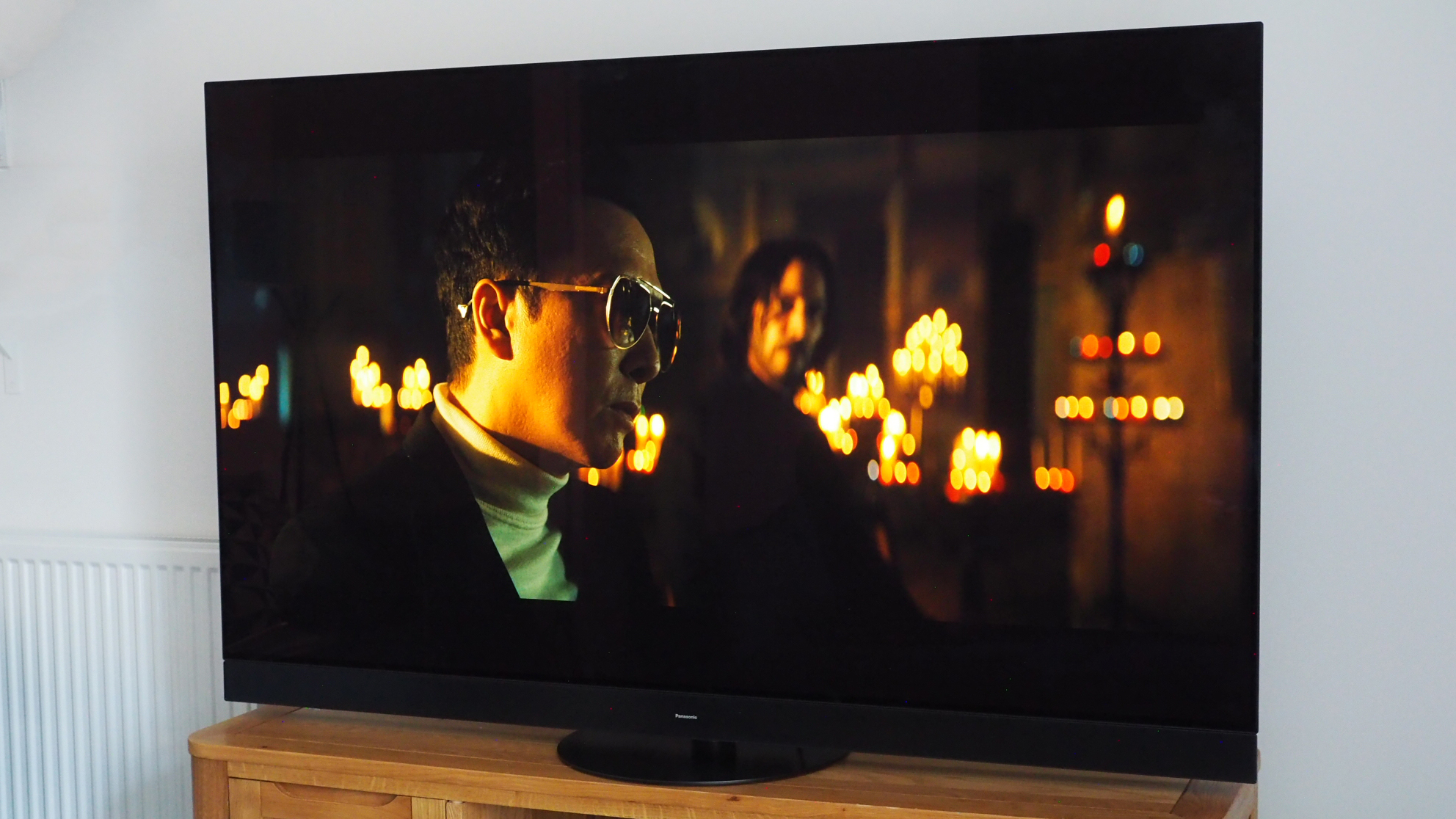
If you're seeking an OLED TV that's not only among the brightest of 2023 but also comes with a full suite of HDR format compatibility, and the best integrated sound straight out the box, then Panasonic's MZ2000 is without rival.
While you'll never need a soundbar, you will need to dig into various settings to offset some of the picture processing overcompensation. After which the MZ2000 is an all-in-one sound and picture sensation – and the limited markets in which it can be purchased are lucky to have the option.
Also consider
Want big sound with something a little extra? The Philips OLED 937 comes complete with Bowers & Wilkins sound system, plus the company's Ambilight technology, which projects light onto surrounding walls and, despite sounding gimmicky, looks spectacular.
If you don't need all the integrated sound gubbins then Panasonic's step-down MZ1500, despite its lesser bright panel, is also a 5-star option – and will cost you less. The Philips 907 is a solid consideration too.
If you're thinking of wall-mounting a TV then the brightest and best option for most people will be the LG OLED G3. That TV is as good as it gets, although you'll also need to consider adding a soundbar for the best possible experience.
Sign up to the T3 newsletter for smarter living straight to your inbox
Get all the latest news, reviews, deals and buying guides on gorgeous tech, home and active products from the T3 experts

Mike is T3's Tech Editor. He's been writing about consumer technology for 15 years and his beat covers phones – of which he's seen hundreds of handsets over the years – laptops, gaming, TV & audio, and more. There's little consumer tech he's not had a hand at trying, and with extensive commissioning and editing experience, he knows the industry inside out. As the former Reviews Editor at Pocket-lint for 10 years where he furthered his knowledge and expertise, whilst writing about literally thousands of products, he's also provided work for publications such as Wired, The Guardian, Metro, and more.
-
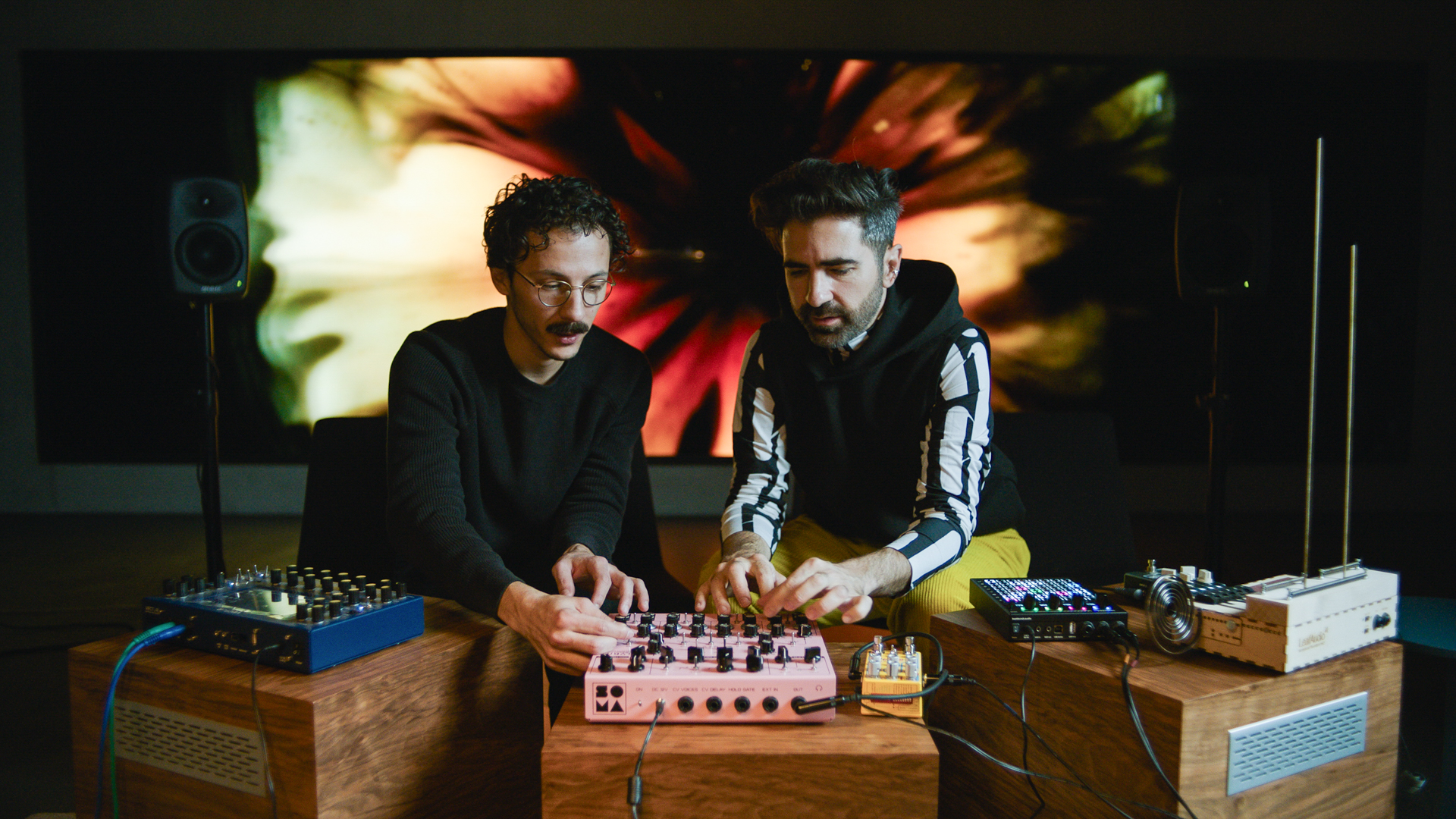 This is the sound of BMW's upcoming Neue Klasse EVs
This is the sound of BMW's upcoming Neue Klasse EVsHas BMW cracked the problem of making EVs sound fun with its next-gen soundscape for its Neue Klasse cars
By Alistair Charlton Published
-
 Build unshakeable core strength with a kettlebell and these three exercises
Build unshakeable core strength with a kettlebell and these three exercisesAdd this to the end of your workout to fire up your midsection muscles
By Bryony Firth-Bernard Published
-
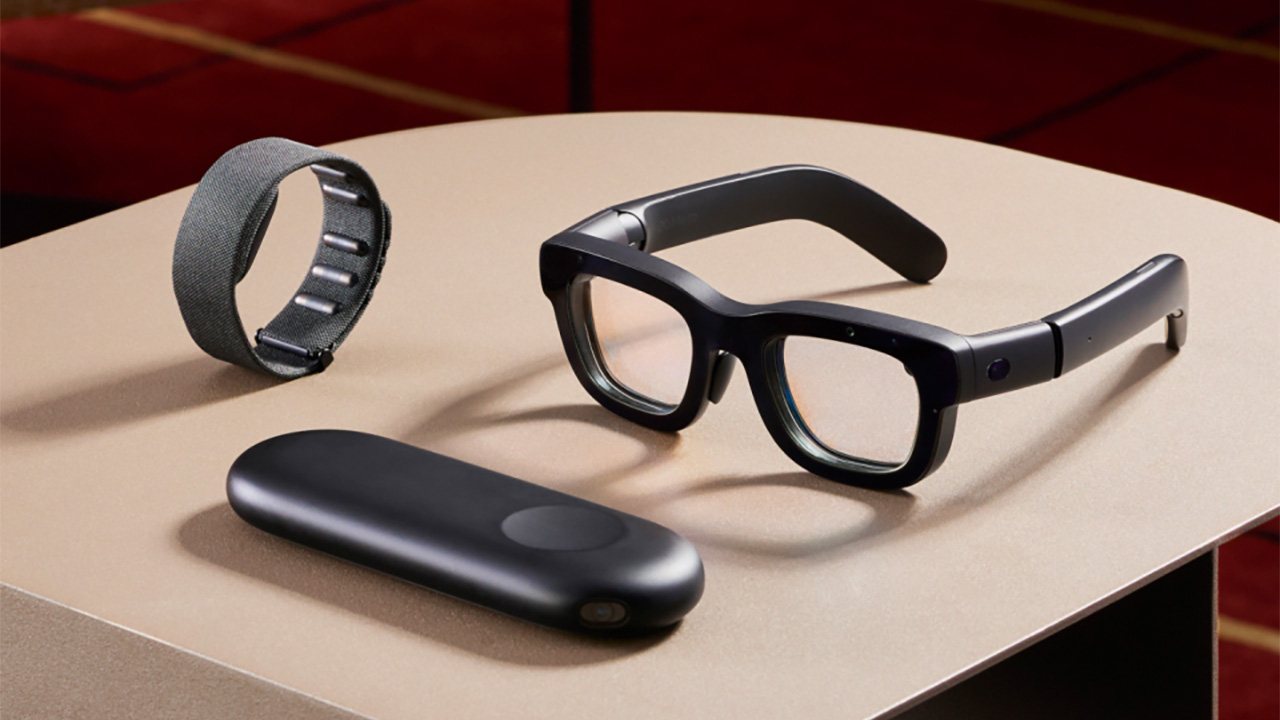 The next big tech battlefield is AR Glasses – and Apple is ready to fight
The next big tech battlefield is AR Glasses – and Apple is ready to fightTim Cook is said to "care about nothing else"
By Sam Cross Published